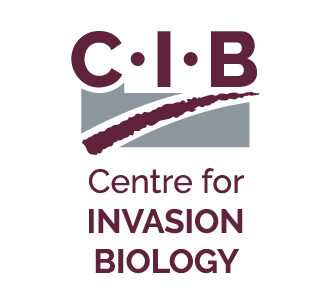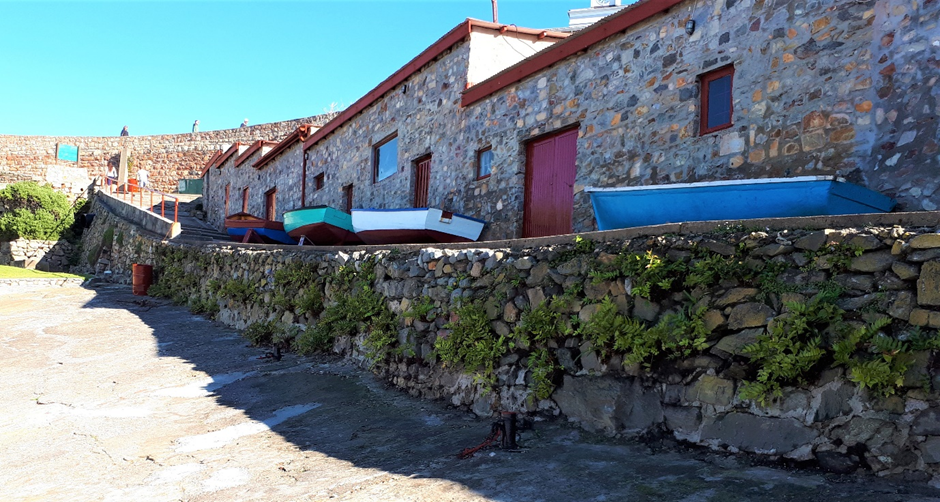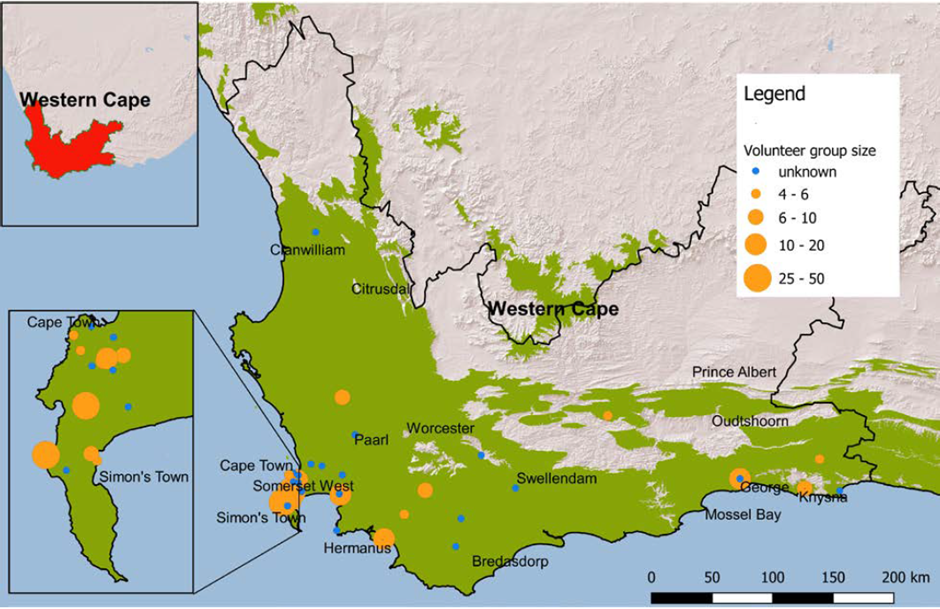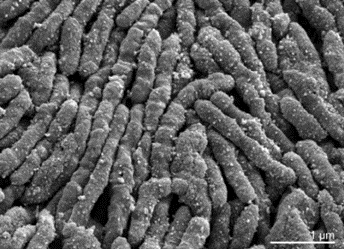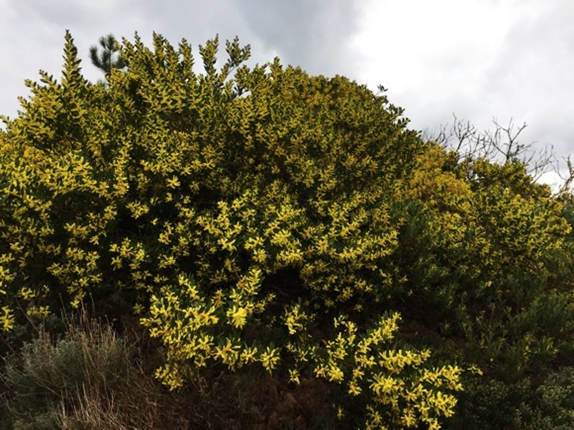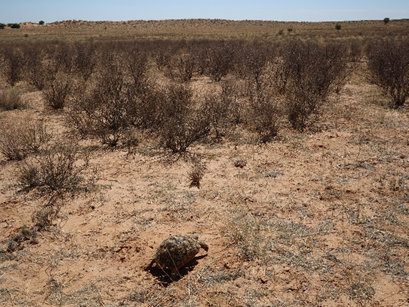Horticultural trade drives establishment success in alien ferns
The high demand for ornamental plants at a global scale, combined with modern and increasingly efficient modes of trade (i.e., e-commerce), highlights the horticultural trade industry as a subject of major conservation concern.
